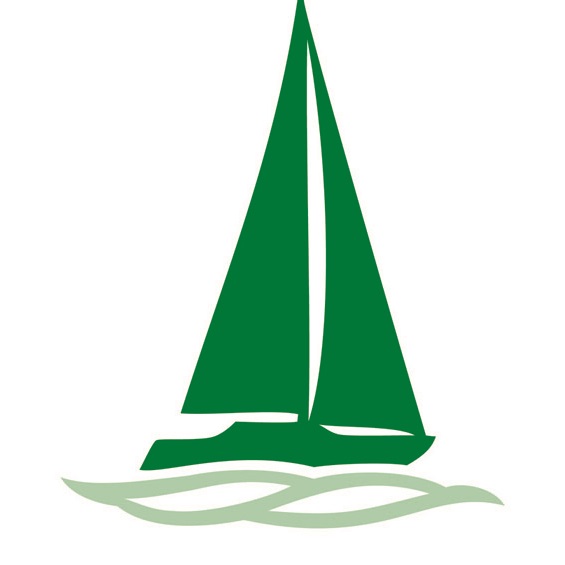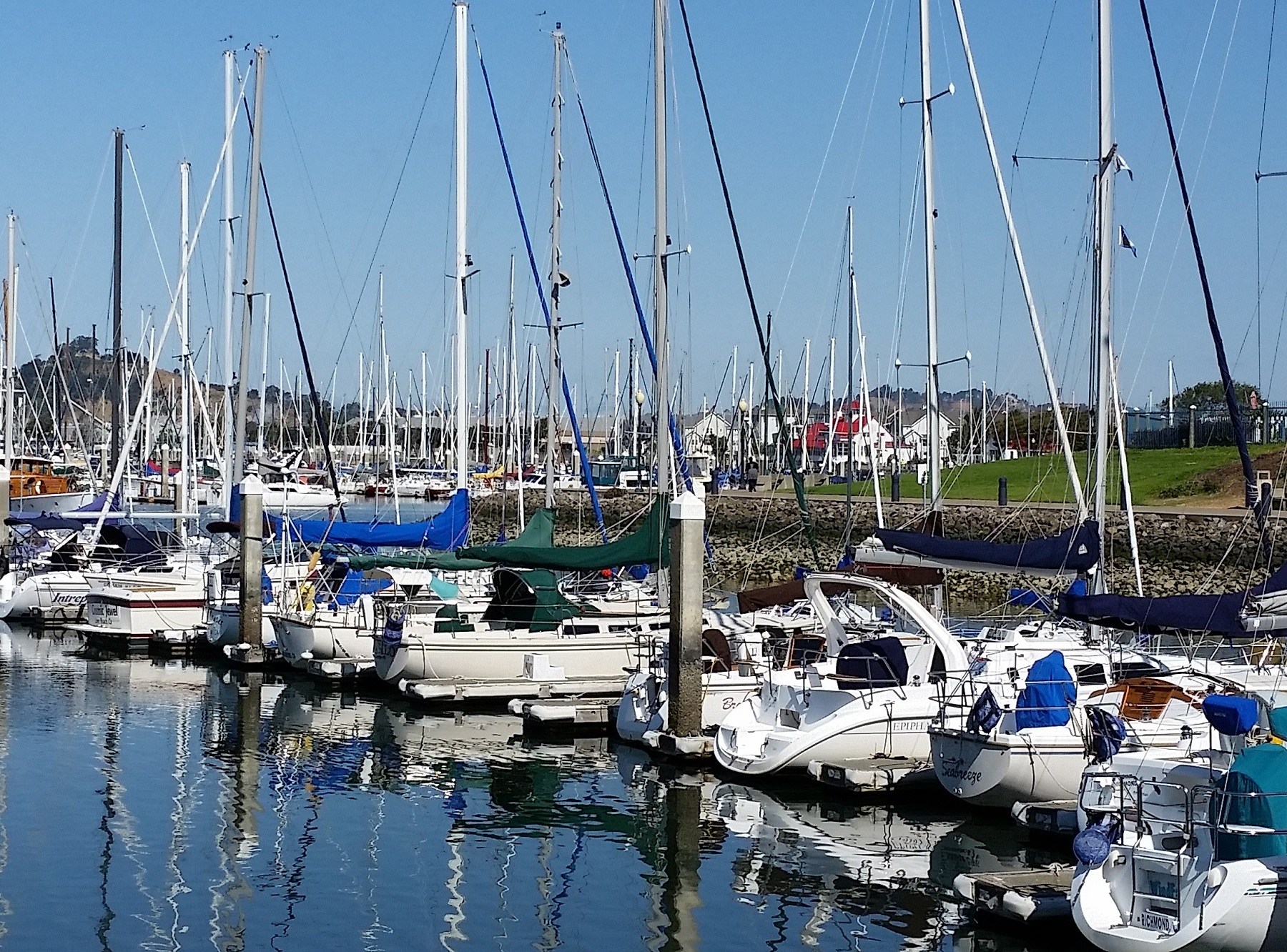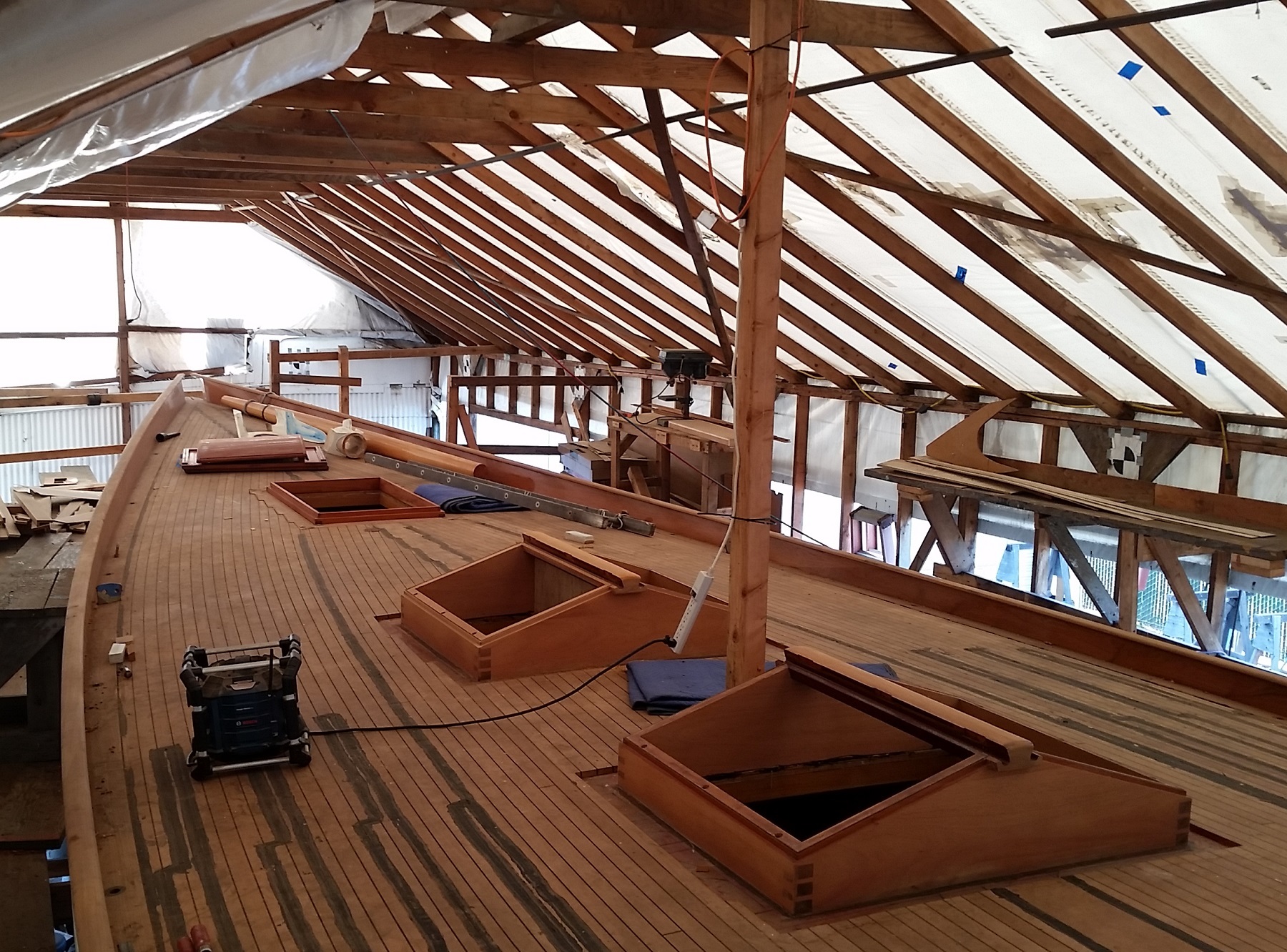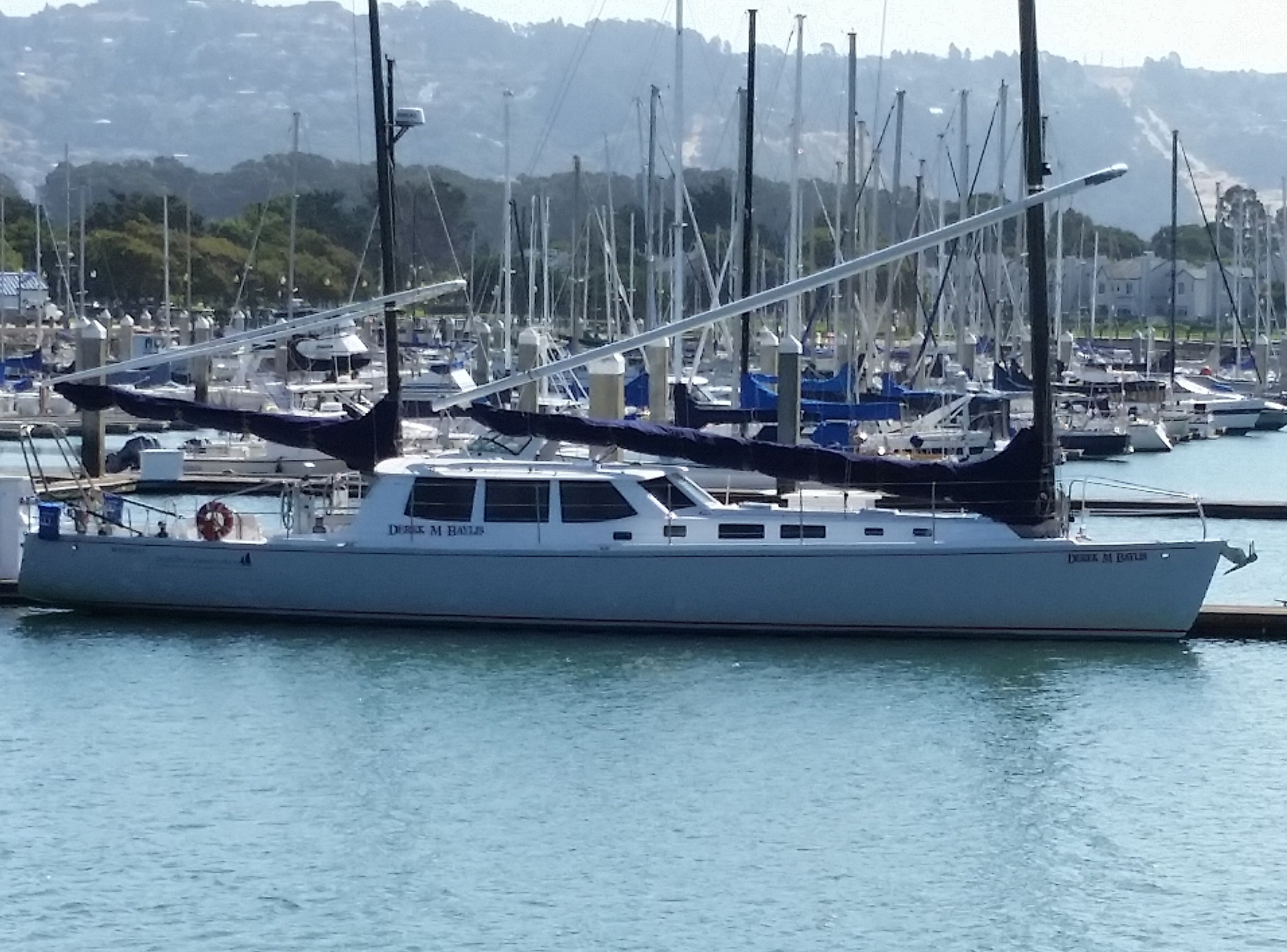Overview
Maritime Technical Center trainees will undertake a four and a half month course taught by experienced industry professionals and this will earn them a technical certification in preparation for employment. Intensive hands-on supervised training will give trainees the practical skills they need to succeed at well-paying jobs. Our unique self-learning problem- solving approach will produce a trades person that not only has a good work ethic, but also understands all the fundamental aspects of a vessel.
This will be facilitate further on-the-job training.
MTC's comprehensive curriculum will include the following subject areas:
Woodworking:
There are many different types of woods used in the marine industry from soft to hard to plywood. Each has their own characteristic that makes them particularly appropriate for specific applications.
- The safe use of woodworking tools used in the marine industry
- Different Types of woods used on vessels and their most common applications
- Patterning & templates
- Jig making
- Parts construction
Plastic Composites:
Modern vessels are primarily constructed of fiberglass, carbon or Kevlar with either vinyl ester or epoxy resins.
- The tools used
- The different types of resins and their chemistry
- The different types of cloth, their characteristics and applications
- Basic tooling & mold making
- Parts construction
Mechanical & electric propulsion:
Today’s vessels use internal combustion propulsion, electric propulsion and a mix of the two
- Tools used
- The different types of propulsion, drives and applications
- The basics of how they work
- Engine installation such as beds, alignment, mufflers etc.
- propellers
- Troubleshooting
Electrical/Electronics:
One of the most frequently evolving trades of the marine industry are the electrical and electronic trades.
- Tools used
- The basics of AC & DC currents
- Charging systems such as battery chargers, generators, alternators, solar and wind power
- Galvanic action
- Troubleshooting electrical problems
- The types of electronics
- Installation of electronic equipment
- troubleshooting
Rigging:
Whether you are needing to harness the power of the wind, needing to lift a payload or securing something understanding rigging is fundamental to do so safely and efficiently.
- Tools used
- Types of rigs and their loading characteristics
- Hardware used in rigging such as low friction eyes, types of line and their applications, winches etc.
- Properly installing hardware in different materials such as carbon, aluminum, wood
- Fastening styles such as knots, swaging, swage-less fittings etc.
- Maintenance of rigging parts – winches etc
- Parts construction



